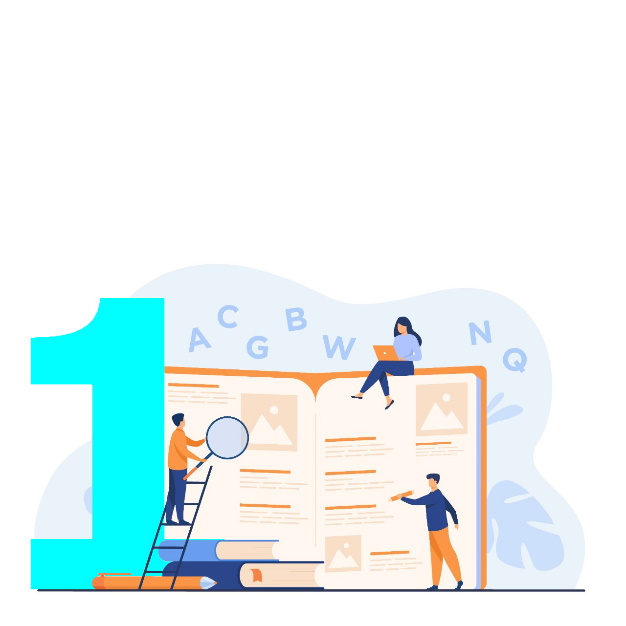
English 1
Grade 1 English - Adding Adjectives
Adding Adverbs Of Manner
Adding Adverbs Of Place And Time
Adding Prepositional Phrases
Handwriting
Invitations And Thank You Notes
Joining Sentences
Punctuation (, ')
Punctuation (. ? !) and Capital Letters
Sentences and Paragraphs
Word Choice
Word Order In Questions
Word Order In Sentences
Writing About A Picture
Adjectives
Adverbs
Articles
Capital Letters
Common Nouns
Connectors
Countable And Uncountable Nouns
Demonstrative Determiners
Indefinite Pronouns
Interrogative Determiners
Personal Pronouns
Phonics
Possessive Determiners
Possessive Pronouns
Prepositions
Present Continuous Tense
Proper Nouns
Punctuation
Quantifiers
Questions
Sentences
Simple Past Tense
Simple Present Tense
Singular And Plural Nouns
Verbs: can, may
Verbs: do, does, did
Verbs: have, has
Verbs: was , were
Verbs: Am, Is, Are
Finding Information
Finding Similarities And Differences
Generalising
Identifying The Main Idea
Inferring
Predicting
Prediction and Familiarity
Retelling, Recount and Recite
Sequencing
Understanding Words
Listening Skills
Reading
Revision: Phase 2 Grapheme-Phoneme (letter-sound)
AI - Introduce Grapheme-Phoneme (letter-sound)
AIR - Introduce Grapheme-Phoneme (letter-sound)
AR - Introduce Grapheme-Phoneme (letter-sound)
CH - Introduce Grapheme-Phoneme (letter-sound)
EAR - Introduce Grapheme-Phoneme (letter-sound)
EE - Introduce Grapheme-Phoneme (letter-sound)
ER - Introduce Grapheme-Phoneme (letter-sound)
IGH - Introduce Grapheme-Phoneme (letter-sound)
J - Introduce Grapheme-Phoneme (letter-sound)
NG - Introduce Grapheme-Phoneme (letter-sound)
OA - Introduce Grapheme-Phoneme (letter-sound)
OI - Introduce Grapheme-Phoneme (letter-sound)
OO - Introduce Grapheme-Phoneme (letter-sound)
OR - Introduce Grapheme-Phoneme (letter-sound)
OW - Introduce Grapheme-Phoneme (letter-sound)
QU - Introduce Grapheme-Phoneme (letter-sound)
Reading and Spelling
Reading and Writing
SH - Introduce Grapheme-Phoneme (letter-sound)
TH - Introduce Grapheme-Phoneme (letter-sound)
Tricky Words - Reading
Tricky Words - Spelling
UR - Introduce Grapheme-Phoneme (letter-sound)
URE - Introduce Grapheme-Phoneme (letter-sound)
V - Introduce Grapheme-Phoneme (letter-sound)
W - Introduce Grapheme-Phoneme (letter-sound)
X - Introduce Grapheme-Phoneme (letter-sound)
Y - Introduce Grapheme-Phoneme (letter-sound)
Z - Introduce Grapheme-Phoneme (letter-sound)
ZZ - Introduce Grapheme-Phoneme (letter-sound)
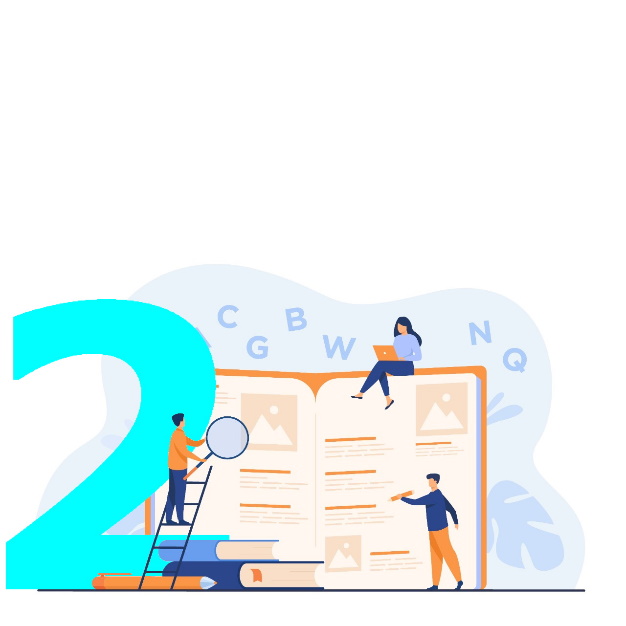
English 2
Grade 2 English -
Reading, Speaking And Writing Non-chronological Reports
Reading, retelling And Writing A Story In A Familiar Setting
Creative Writing
Reading And Writing Explanations And Dictionary Entries
Simple Sentences
Adjectives
Adverbs
Connectors
Determiners
Nouns
Prepositions
Punctuation
Quantifiers
Questions
Types Of Sentences
Verbs
Reading, Learning And Reciting Poems By Significant Poets
Reading, Learning And Reciting Poems By Significant Poets And Poems With Language Play Including Humorous Poems
Reading, Retelling And Writing Stories By Significant Children’s Writers
Finding Information
Finding Similarities And Differences
Generalising
Identifying The Main Idea
Inferring
Predicting
Sequencing
Traditional Tales And Stories From Other Cultures
Understanding Words
Avoiding Repetition By Using Pronouns
Diary Entries
Describing Scenes
Instructions And Order
Linking Words Indicating Time And Sequence
Linking Words: Because And Because Of
Linking Words: and, but, or, and, so
Planning, drafting And editing
Word Choice And Word Precision
Word Order In Sentences And Questions
Word Order With Two Objects, word Order With Adjectives And Adverbs
Reading and Spelling
Revision: Phase 3 Grapheme-Phoneme (letter-sound)
Tricky Words
Consonant Blends
Final Consonant Blends
Initial Consonant Blends
Reading and Spelling
Reading and Writing
Tricky Words
AU - Introduce Grapheme-Phoneme (letter-sound)
AW - Introduce Grapheme-Phoneme (letter-sound)
AY (AI) - Introduce Grapheme-Phoneme (letter-sound)
A_E (AI) - Introduce Grapheme-Phoneme (letter-sound)
EA (EE) - Introduce Grapheme-Phoneme (letter-sound)
EW - Introduce Grapheme-Phoneme (letter-sound)
EY - Introduce Grapheme-Phoneme (letter-sound)
E_E (EE) - Introduce Grapheme-Phoneme (letter-sound)
IE (IGH) - Introduce Grapheme-Phoneme (letter-sound)
IR - Introduce Grapheme-Phoneme (letter-sound)
I_E (IGH) - Introduce Grapheme-Phoneme (letter-sound)
OE - Introduce Grapheme-Phoneme (letter-sound)
OU (OW) - Introduce Grapheme-Phoneme (letter-sound)
OY (OI) - Introduce Grapheme-Phoneme (letter-sound)
O_E (OA) - Introduce Grapheme-Phoneme (letter-sound)
PH - Introduce Grapheme-Phoneme (letter-sound)
Reading and Spelling
Reading and Writing
Tricky Words - Reading
Tricky Words - Spelling
UE - Introduce Grapheme-Phoneme (letter-sound)
U_E (YOO) - Introduce Grapheme-Phoneme (letter-sound)
WH - Introduce Grapheme-Phoneme (letter-sound)
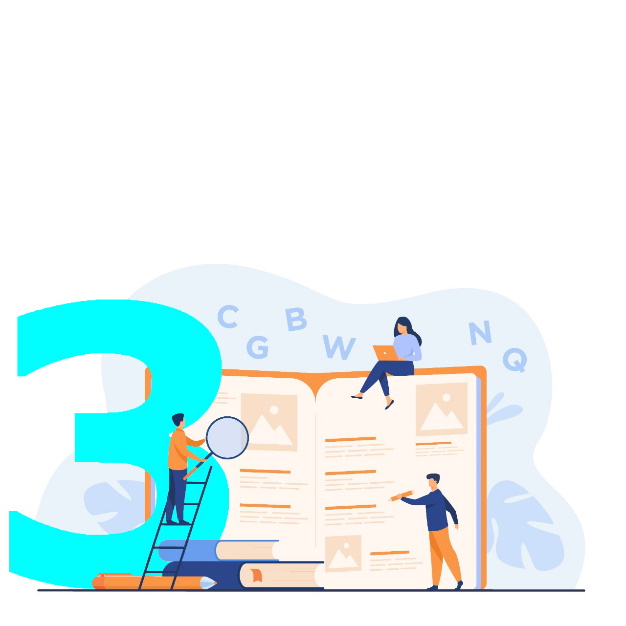
English 3
Grade 3 English -
Reading, Analysing Then Planning And Writing Non-chronological Reports
Grammar And Punctuation
Phonics, Spelling And Vocabulary
Grammar And Punctuation
Phonics, Spelling And Vocabulary
Reading, Analysing Then Planning And Writing A Story In A Familiar Setting
Handwriting
Writing
Adjectives
Adverbs And Adverbials
Articles
Common Nouns
Comparative And Superlative Adjectives
Connectors
Direct And Indirect Speech
Modal Verbs
Sentence Construction
Adverbs And Adverbials
Pronouns
Order Of Adjectives
Other Types Of Nouns
Personal Pronouns
Prepositions
Proper Nouns
Punctuation
Quantifiers
Question Tags
Questions
Sentences
Tenses - Simple Past And Past Continuous
Tenses - Simple Present And Present Continuous
The Future Tense
Using The Correct Verbs
Concluding
Developing Vocabulary
Finding Information
Finding Similarities And Differences
Identifying Story Elements
Identifying The Main Idea
Inferring
Predicting
Sequencing
Summarising
Understanding Words
Adding Emotion, Attitude And Comparisons
Adding Opinion
Adding Similar Or Contrasting Information
Avoiding Repetition And Overused Words
Brainstorming, Selecting And Organising
Describing People And Animals
Drafting And Revising
Explaining Result Or Reason
Main Idea And Supporting Sentences; Sequencing Ideas
Recounts And Narratives
Topic Sentences
Using Dialogue
Writing Strong Final Sentences
Reading, Analysing Then Planning And Writing Instruction Texts
Reading, Analysing Then Writing Poems Based On Observation And The Senses. Reading, Analysing And Writing A Playscript.
Reading, Analysing Then Planning And Writing Myths, Legends And Fables
Reading, Analysing Then Planning And Writing Letters For A Variety Of Purposes
Reading, Analysing Then Planning And Writing Adventure And Mystery Stories
Reading Humorous Poems Then Analysing, Planning And Writing One
Literature Analysis
Phase 5 Grapheme-Phoneme (letter-sound)
Spelling: Comparative and Superlative Adjectives
Spelling: Difference between long and short vowel sounds
Spelling: How to add suffixes
Spelling: Irregular verbs
Spelling: Plurals
Spelling: Plurals and Verb Ending
Spelling: The Past Tense
Tricky Words
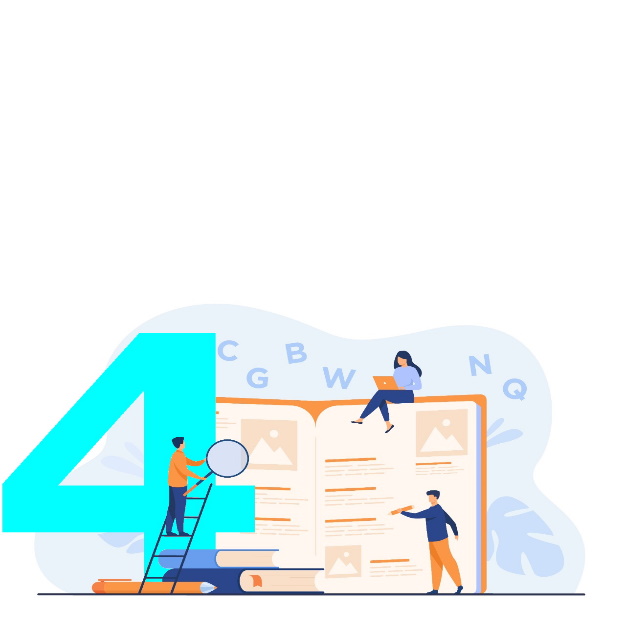
English 4
Grade 4 English -
Adding Emphasis
Avoiding Overused Words And Repetition
Compare And Contrast
Describing Settings And Places
Facts And Opinions
Linking Ideas
Process Writing
Topic Sentences And Body Sentences
Transforming And Combining Sentences
Writing Expositions - Books And Film Reviews
Writing Informal Letters And Emails
Writing Narratives
Writing Recounts
Adjectives
Adjectives Of Comparison
Adverbs And Adverbials
Complex Sentences
Connectors
Countable And Uncountable Nouns
Direct And Indirect Speech
Modal Verbs
Phrasal Verbs
Possessive Forms
Prepositions
Pronouns
Punctuation
Quantifiers
Question Tags
Relative Pronouns
Sentences And Phrases
Simple And Compound Sentences
Singular And Plural Nouns
Tenses - Past Continuous
Tenses - Present Continuous
Tenses - Present Perfect
Tenses - Present Perfect Continuous
Tenses - Simple Past
Tenses - Simple Present
Types Of Nouns
Verbs
Concluding
Fact Or Opinion
Finding Information
Finding Similarities And Differences
Identifying The Main Idea
Inferring
Predicting
Sequencing
Summarising
Understanding Words
Reading and Literature

English 5
Grade 5 English -
Active And Passive Voice
Adjectives - Position, Types And Formation
Adjectives Of Comparison
Adverbs And Adverbials
Collective And Abstract Nouns
Conditional Sentences
Connectors
Direct And Indirect Objects
Direct And Indirect Speech
Emphasising And Comment Adverbs
Infinitives And Gerunds
Modal Verbs
More Connectors
Noun Phrases
Past Continuous
Phrasal Verbs
Prepositions
Pronouns
Reflexive And Interrogative Pronouns
Relative Pronouns
Tenses - Present Continuous
Tenses - Present Perfect
Tenses - Simple Present And Simple Past
The Future Tense
Transitive And Intransitive Verbs
Cause And Effect
Concluding
Fact or Fiction
Fact Or Opinion
Inferring
Point Of View And Purpose
Predicting
Sequencing
Similarities and differences
Summarising
Understanding Words
Comparing And Contrasting
Essay Stucture
Giving Arguments
Letters and Emails
Modifying language
Transformation Of Sentences
Fiction
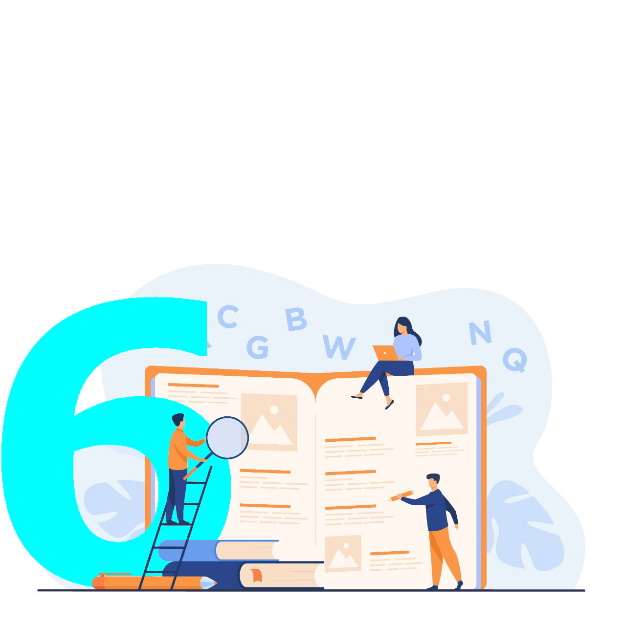
English 6
Grade 6 English -
Active And Passive Voice
Adjectival Phrases And Clauses
Adverbs And Adverbials
Adverbs Of Degree
Articles
Clauses And Complex Sentences
Cohesion
Conditional Sentences
Conjunctions
Direct And Indirect Speech
Modal Verbs
Noun Phrases And Clauses
Nouns
Participles And Gerunds
Phrasal Verbs
Punctuation
Quantifiers
Simple and Compound Sentences
Tenses
Text types
Types Of Verbs
Understanding Sentences
Assessment
Cause And Effect
Concluding
Fact Or Opinion
Finding Information
Finding Similarities And Differences Within Texts
Identifying The Main Idea Of A Text
Inferring
Point Of View And Purpose
Predicting
Sequencing Events
Summarising
Understanding Words
Cohesion
Expositions,giving More Than One Point Of View
Instructing, Explaining And Transforming Information
Linking Ideas To Give Opinions, Reasons, Examples And Generalizations
Linking Ideas To Show Condition
Linking Ideas To Show Similarities And Differences
Modifying Statements
Ordering And Linking Paragraphs,thesis Statements
Organizing Paragraph, Content, Topic, Body And Concluding Sentences
Process Writing
Requesting and giving information
Similes, Metaphors And Alliteration
Transforming Sentences
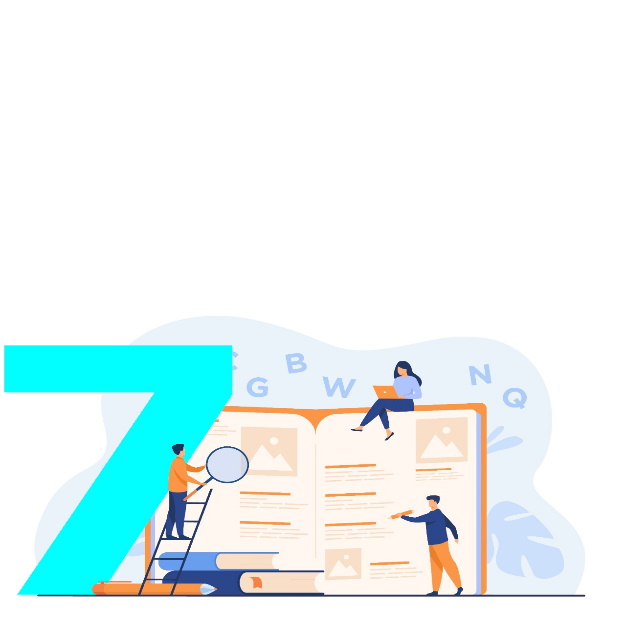
English 7
Grade 7 English
Prepared Reading
Reading Comprehension
Unprepared Reading
Analytical And Comparative Writing
Argumentative And Persuasive Writing
Descriptive Writing
Explorative And Reflective Writing
Informative And Explanatory Writing
Narrative Writing
Skills Testing
Adjectives
Adverbs
Articles And Demonstratives
Conjunctions
Interrogatives
Nouns
Prepositions
Pronouns And Determiners
Sentences
Tenses And Aspects
Verbs
Listening Comprehension
Prepared Debate
Prepared Oral
Unprepared Debate
Unprepared Oral
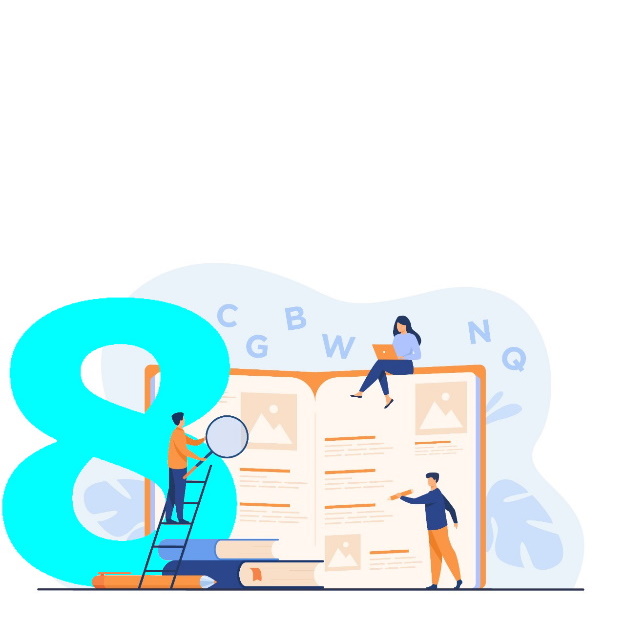
English 8
Grade 8 English -
Prepared Reading
Reading Comprehension
Unprepared Reading
Active and Passive Voice
Adjectives
Adverbial Phrases
Adverbs
Clauses and Sentences
Connectors
Nouns
Phrasal Verbs
Prepositions
Pronouns And Determiners
Tenses And Aspects
Verbs
Listening Comprehension
Prepared Debate
Prepared Oral
Unprepared Debate
Unprepared Oral
Adding information using complex sentences
Developing presentation skills
Distinguishing between fact and opinion
Finding relevant information and specific detail in a text
Understanding how to reflect on historical writing
Understanding what it means to write for a purpose
Using language in order to reflect and to explore
Writing about significant events
Explaining how writers present and organise texts for effect
Explaining things clearly in speech
Identifying relevant information distinguishing between fact and opinion
Responding to informative texts
Structuring and planning a report
Using colons and semicolons to include more detail
Using connectives to explain information clearly
Vary sentence structure to make explanations clear and engaging
Writing a report on a recent invention
Compare writers' points of view
Explore how argumentative texts are organised
Learn how to identify main ideas and viewpoints
Learn how to structure an effective persuasive text
Learn how to use phrases to develop persuasive sentences
Prepare a formal debate
Understand and be able to identify characteristics of argumentative and persuasive writing
Write a persuasive email
Analysing how description shapes character
Exploring different responses to description
Matching descriptive language to speech context
Planning descriptive writing
Tracing character development using inference
Using different levels of formality and register
Using the length and style of a sentence for effect
Varying vocabulary in order to keep the reader interested
Writing a character description
Creating characters using voice and vocabulary
Exploring different responses to narrative writing
Investigating character with hot-seating
Matching narrative form to purpose
Structuring a diary narrative
Understanding and identifying characteristics of narrative writing and structure
Understanding how language creates suspense
Using openings that engage the reader
Using punctuation to develop detailed characters
Writing a story with a message
Analysing how themes are conveyed in a play
Analysing preferences and opinions
Analysing two poems on the same theme
Developing and evaluate drama and discussion skills
Tracing a writer's views and ideas across a prose text
Tracing feelings and perspectives in poetry
Using connectives to compare similarities and differences in a text
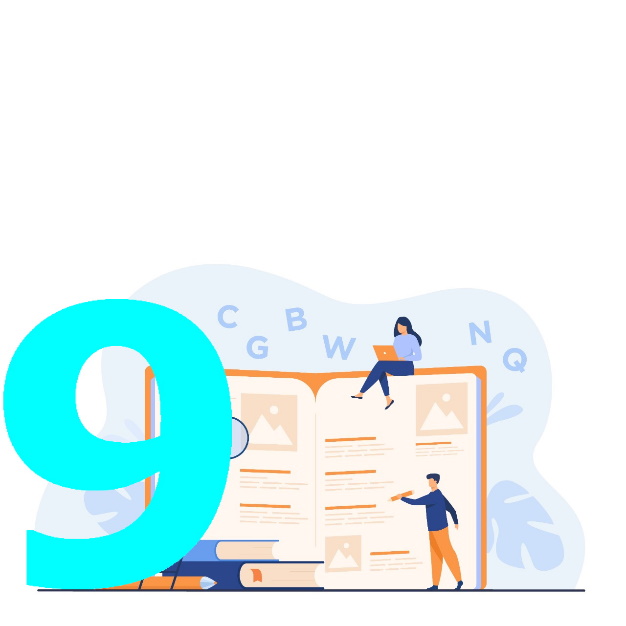
English 9
Grade 9 English -
Prepared Reading
Reading Comprehension
Unprepared Reading
Analysis of Sentences
Different Text Types
Editing
Notes and Summaries
Paragraphs And Texts
Subject- Verb Agreement
Types of Sentences
Listening Comprehension
Prepared Debate
Prepared Oral
Unprepared Debate
Unprepared Oral
Boost your vocabulary
Comparing tone and register in travel texts
Creating a travel account
Selecting and noting key information in travel texts
Understanding grammatical choices in travel writing
Varying sentences for effect
What is Travel Writing?
Comparing information texts
Crafting sentences for a range of effects
Making explanations precise and concise
Matching informative texts to audience and purpose
Planning information texts to suit different audiences
Shaping paragraphs to suit audience and purpose
Using discussion to prepare for a written assignment
Using formal and informal language in information texts
Writing encyclopedia entries
Adapting grammar choices to create effects in argument writing
Commenting on use of language to persuade
Exploring layers of persuasive language
Organising a whole argument effectively
Organising an argument within each paragraph
Presenting and responding to a question
Producing an argumentative essay
Reviewing persuasive techniques
Analysing how atmospheres are created
Creating atmosphere through punctuation
Developing analysis of a description
Producing a powerful descriptive Essay
Sustaining a cohesive atmosphere
Using images to inspire description
Using language to develop an atmosphere
Using structural devices to build up atmosphere
Create a powerful thriller writing essay
Creating narrative suspense and climax
Explore different settings and atmospheres
Learn how to create character
Learn how to introduce characters in stories effectively
Learn how to pitch a story
Learn how to use pronouns and sentence order for effect
Learn how to use tenses in narrative
Understand how story openings function
Analysing how a play's key elements create different effects
Analysing implicit meaning in non-fiction texts
Analysing two texts
Comparing effectively through punctuation and grammar
Using discussion skills to analyse carefully
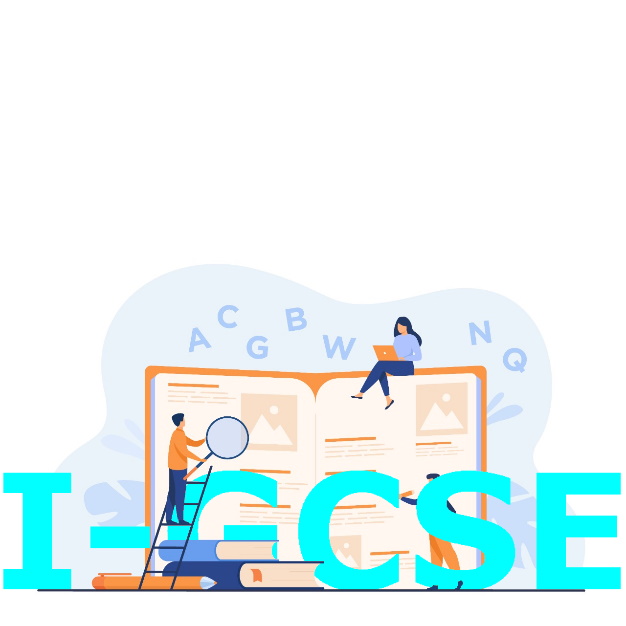
International GCSE English
International GCSE English -
Audience
Content And Form
Emotive Language
Explicit Meaning
Facts, Opinions, And Bias
Form
Implicit And Explicit Meaning
Implicit Meaning: Character
Implicit Meaning: Setting
Key Information
Prepared Reading
Purpose
Reading Comprehension
Scanning
Sensory Language
Skimming
Style
Synthesis Of Information
Text Types
Unprepared Reading
Purpose
Structure: Argumentative Writing
Structure: Descriptive Writing
Structure: Discussions
Structure: Explanatory Writing
Structure: Exploratory Writing
Structure: Informative Writing
Structure: Narrative Writing
Structure: Persuasive Writing
Text Types: Argumentative Texts
Text Types: Descriptive Texts
Text Types: Diary And Journal
Text Types: Diary Entry
Text Types: Discussions
Text Types: Explanatory Texts
Text Types: Exploratory Texts
Text Types: Informative Texts
Text Types: Interview
Text Types: Journal Entry
Text Types: Letter
Text Types: Magazine Article
Text Types: Narrative Texts
Text Types: News Report
Text Types: Persuasive Texts
Text Types: Postcard
Text Types: Report
Text Types: Speech
Text Types: Talk
Articulation
Conjunctions
Determiners
Paragraphs
Prepositions
Pronouns
Proofreading
Punctuation
Register
Sentences
Tenses
Verb Agreement
Vocabulary
Voice And Role
Word Classes
Listening Comprehension
Prepared Debate
Prepared Oral
Unprepared Debate
Unprepared Oral
Audience
Evidence
Exam Preparation
Explicit Meaning
Facts And Opinions
Implicit Attitudes
Implicit Meaning
Inference
Inferred Meaning
Literal Meaning
Purpose
Scanning
Sentences And Phrases
Skimming
Synonyms
Text Types: Notes
Text Types: Summaries
Themes
Analysis
Articulation
Characters And Roles
Clauses
Effect
Evaluation
Exam Preparation
Explicit Meaning
Expression
Focus
Form
Grammar
Implicit Attitudes
Implicit Meaning
Omission
Overview
Punctuation
Purpose
Register
Sentences
Sentences And Structure
Spelling
Structure
Style
Synthesis
Vocabulary
Annotation
Articulation
Atmosphere
Effect
Emotive Language
Exam Preparation
Explicit Meaning
Feeling
Implicit Attitudes
Implicit Meaning
Influence
Meaning
Rephrasing
Sensory Language
Synonyms
Terminology
Word Choice
Words And Degree